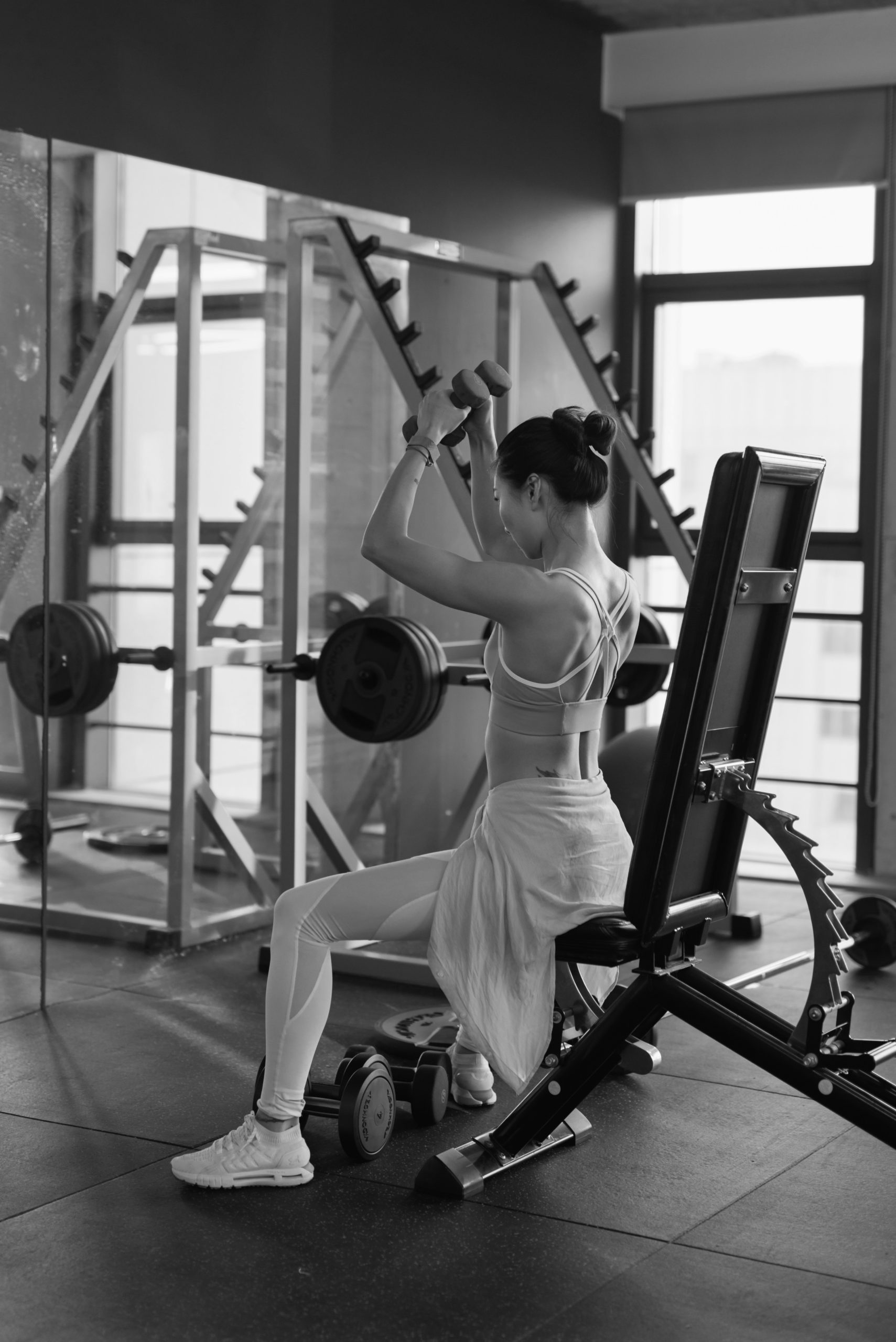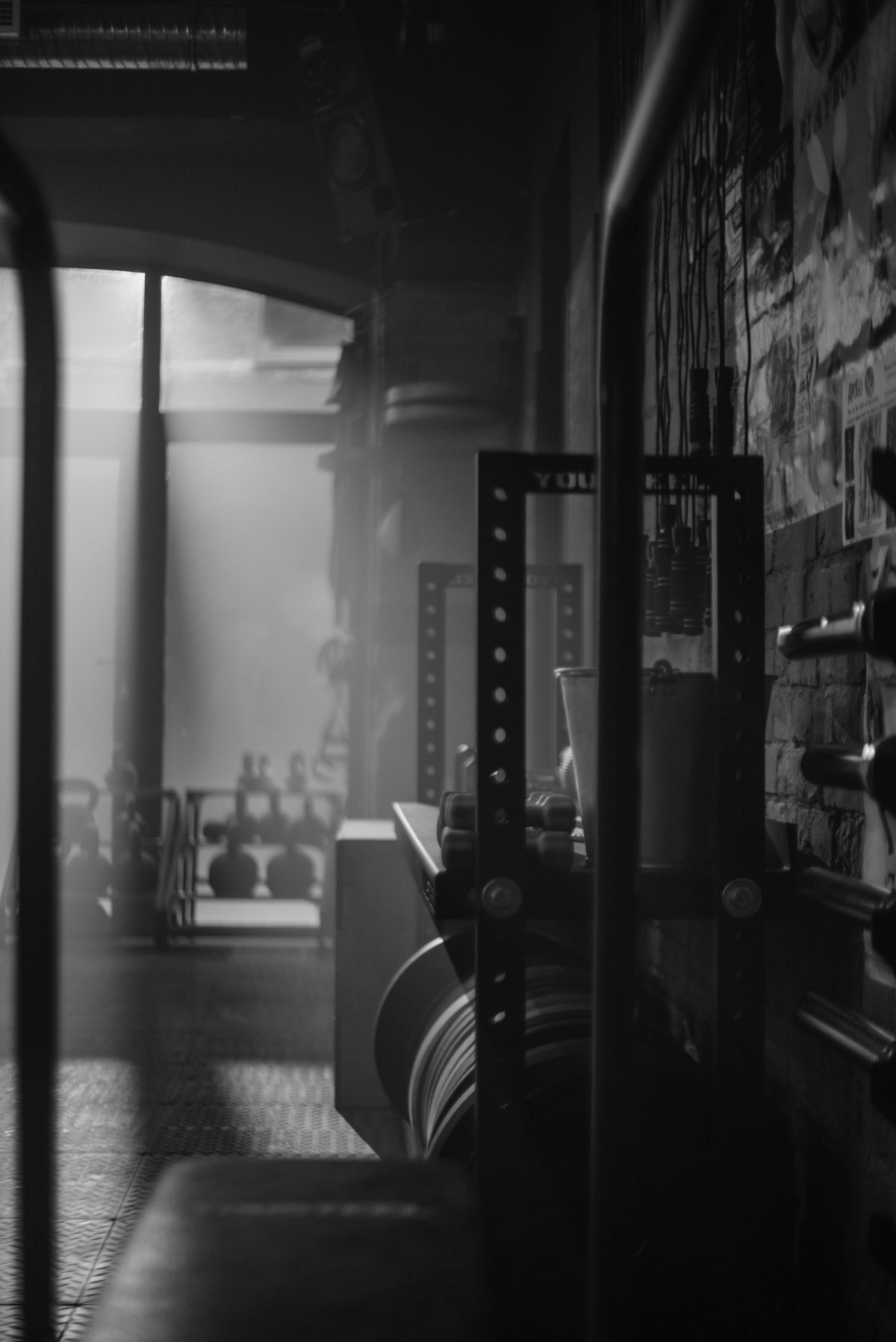Don’t get us wrong, getting fit is awesome. You feel great and you have lots of energy. You’re healthy – your bones and muscles are strong. Your body looks amazing and you feel confident. Maybe you get a little more attention from the opposite sex than you used to! Going to the gym is satisfying and makes you feel accomplished. Yep, getting fit is a rewarding process with so many benefits.
However, we can acknowledge that you’ll run into some challenges on your fitness journey. In this post, we’re going to acknowledge some of the most common issues you may face. There are definitely things you can do to deal with them.
You may disagree that some of these things are the hardest part of getting fit. For some people, one aspect is a huge challenge, but for others it’s no problem at all! Remember, everyone’s different.
So, what are the hardest parts of getting fit?
Sticking to a healthy diet
Even if you don’t think diet is the hardest part of getting fit, I’m sure you’ll agree it can be tough to manage. If you’re bulking, it can be hard to force yourself to eat enough. If you’re cutting, you’ll have the opposite problem. It can be hard to say no to your favorite snacks. So what can you do?
- Learn to cook. It’s so much easier and cheaper to eat healthy when you make the meals yourself. Plus, cooking for yourself makes you feel accomplished. Being familiar with spice blends and seasoning makes a huge difference to how your food tastes. Look up some recipes and spend some quality time getting to know your kitchen.
- Meal prep. After a long day, who wants to spend time cooking up sweet potato and chicken when you could just get fast food on the way home? You can beat this problem by cooking meals in advance and storing them in the fridge. This makes it easy to just grab something healthy at dinner time. There are so many great meal prepping resources to explore online.
- Eat healthy foods that you like. Try lots of foods, and ditch the ones that you think are gross. Just because everyone at your gym seems to eat oatmeal every day, you don’t necessarily have to jump on that train. There are so many amazing healthy foods, just be open minded and find ones you actually enjoy eating!
Motivation and discipline
Many people find maintaining motivation to be the hardest part of getting fit. Maybe you finish a long day of work and you just can’t face the idea of going to the gym. Living a sedentary lifestyle wasn’t so bad, right? Right? To overcome issues with motivation, try to:
- Do fun workouts. No one’s going to feel motivated to do something they hate. Ditch the thirty minutes of running on a treadmill. Replace it with fun lifts you love, high intensity and varied cardio workouts, or social sports with your friends.
- Try group fitness classes. Group fitness classes, such as CrossFit, usually have a fun and motivated atmosphere. The collective vibe will boost your motivation to new heights.
- Create a workout schedule and stick to it. If you know in advance that you’re going to the gym and know why you’re going and what you’re doing, you’ll feel far more excited to go. Work in your favorite exercises.
Being patient: waiting to see progress
Wake up, eat a thousand eggs, work yourself to the bone at the gym, drink a protein shake, repeat. Sometimes a fitness journey can feel like you’re working so hard, and for what?
If you don’t see results or feel like you’re meeting your goals, your motivation can really drop. Many people find patience to be the hardest part of getting fit. Here’s how to stay on track:
- Set small, short term goals. You’ll be waiting a long time to lose 50 pounds. But, if you set a goal for each 5 pounds, you’ll feel much more satisfied with your progress. Reward each 5 pounds with something such as new workout gear or an item of clothing.
- Stop comparing yourself to others. It’s human nature to look at others, and this can make us feel discouraged. Try to push these thoughts out of your mind. Everyone has their own path.
- Take photos of yourself. When your body changes just a little each day, you might not notice. Every month or two, take a few pictures of your body to document your progress. When you look at them, you’ll be surprised at the changes you do see.
Fighting the stereotypes that come with getting fit
Before getting shredded, you would probably never consider this to be the hardest part of getting fit. However, many gym buffs really struggle with the stereotypes they face. Big and muscular people, particularly men, are often assumed to be vain, superficial or even stupid. These assumptions can be hurtful!
To overcome this challenge just remember:
- People at the gym won’t think this way. Try connecting with other fitness junkies. Be kind to those you meet at the gym, and they’ll be kind to you. Of course they know that there’s far more depth to people at the gym than just caring about working out.
- Remember you’re doing this for you. There are so many benefits to fitness that go beyond aesthetics. You’ll be the one laughing when you’re well into old age and in great health and amazing shape.
- It doesn’t matter what anyone else thinks. At the end of the day, you know there’s more to you than the gym. If someone assumes you’re vain just because you work on yourself, they aren’t someone you want to associate with anyway!



